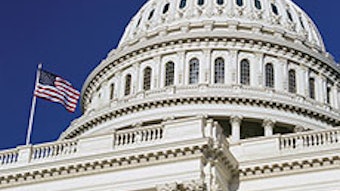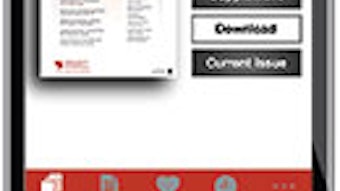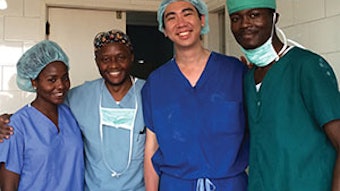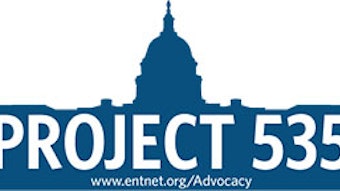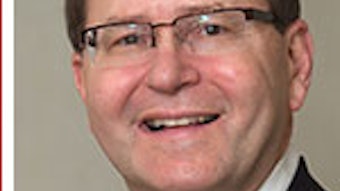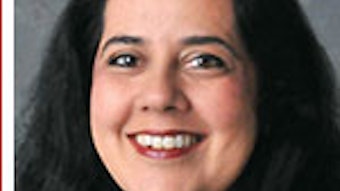Deadline for new tech applications
Looking to apply for a new or revised CPT code? As specified by the “AAO-HNS New Technology Pathway Requests Policies and Procedures” document (www.entnet.org/New-Tech-Policies-and-Procedures), the AAO-HNS New or Revised CPT Code Application is required to be submitted to the Academy 180 days prior to the AMA CPT Proposal submission deadline. The next Academy deadline is December 29, 2015.
Looking to apply for a new or revised CPT code? As specified by the “AAO-HNS New Technology Pathway Requests Policies and Procedures” document (www.entnet.org/New-Tech-Policies-and-Procedures), the AAO-HNS New or Revised CPT Code Application is required to be submitted to the Academy 180 days prior to the AMA CPT Proposal submission deadline. The next Academy deadline is December 29, 2015. Any applications submitted to the Academy before or on this date will receive Academy consideration for potential presentation at the September 2016 CPT Meeting.
Inquiring parties, including physicians and industry representatives, should send the completed package to the Academy’s Health Policy team at www.entnet.org/content/practice-management-tool.

